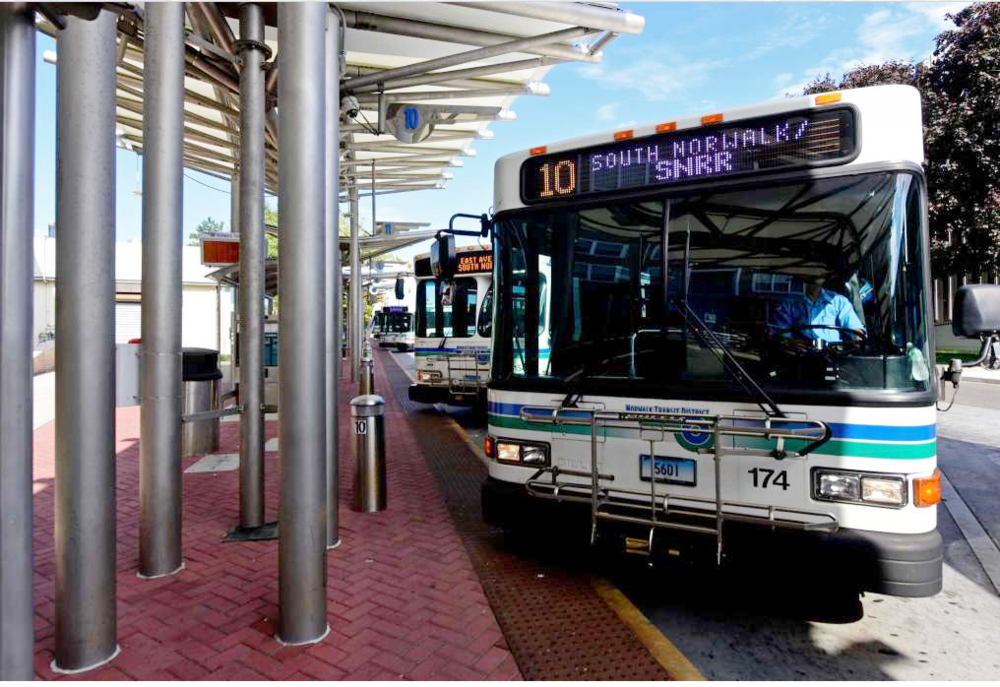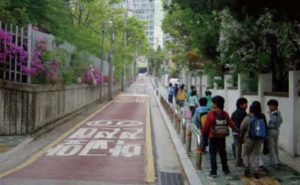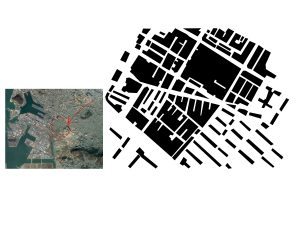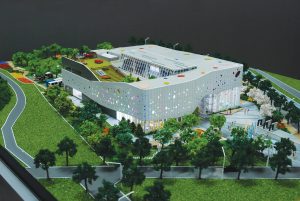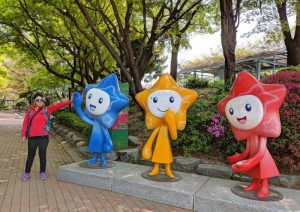Child friendly design is something that constantly surrounds us, wherever we are in the World. See how the following cities are including children in the design process.
Children’s Bicentennial Park in Peru, Chile
https://www.archdaily.com/461315/children-s-bicentebnnial-park-elemental
Fun Forest Rottendam
What happens when kids help design our cities
https://www.childinthecity.org/2019/08/05/what-happens-when-kids-help-design-our-cities/?gdpr=accept
Boulder’s Child-friendly plan
https://icma.org/articles/article/boulders-plan-become-child-and-youth-friendly-city
Planning for children in new vertical communities in Toronto
https://www.toronto.ca/legdocs/mmis/2017/pg/bgrd/backgroundfile-103920.pdf
UNICEF Child friendly Cities Initiatives
https://childfriendlycities.org/initiatives/
Global Street Design Guide
https://globaldesigningcities.org/publication/global-street-design-guide/
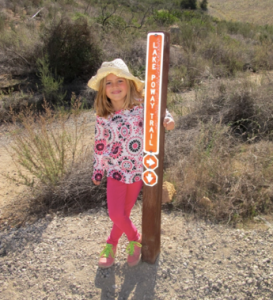


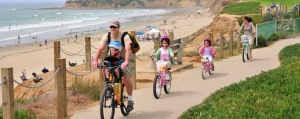
 It doesn’t take too much digging to discover the conditions of how children are living within the city borders of New Orleans. It immediately becomes prominent if one were to look at the statistics. The city itself is currently at a population of about 423,656. It has been scientifically proven that detrimental environments and increased trauma within the earlier stages of a child’s life can cause a large set back in the child’s brain development. Between 2000 and 2010, the metro area lost 22 percent of children under 18 compared to only seven percent of all adults. Now, of course, this study spaced throughout the timeline of Hurricane Katrina and it’s the horrific impact on the city. But what can this say about any up and coming storms that could be even more horrific given the worse existing conditions due to climate change? Specific parishes that were affected the most traumatically were Orleans, Plaquemines, and Jefferson, experiencing greater losses among children than among adults. Now, moving on to the more recent statistics…
It doesn’t take too much digging to discover the conditions of how children are living within the city borders of New Orleans. It immediately becomes prominent if one were to look at the statistics. The city itself is currently at a population of about 423,656. It has been scientifically proven that detrimental environments and increased trauma within the earlier stages of a child’s life can cause a large set back in the child’s brain development. Between 2000 and 2010, the metro area lost 22 percent of children under 18 compared to only seven percent of all adults. Now, of course, this study spaced throughout the timeline of Hurricane Katrina and it’s the horrific impact on the city. But what can this say about any up and coming storms that could be even more horrific given the worse existing conditions due to climate change? Specific parishes that were affected the most traumatically were Orleans, Plaquemines, and Jefferson, experiencing greater losses among children than among adults. Now, moving on to the more recent statistics…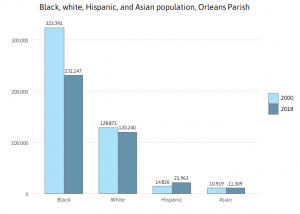
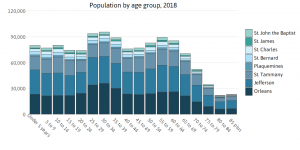
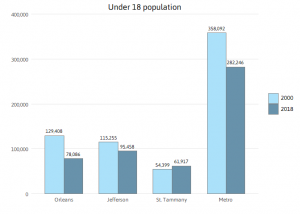
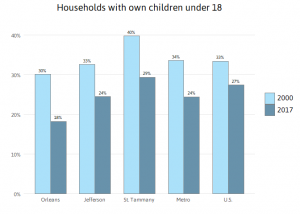
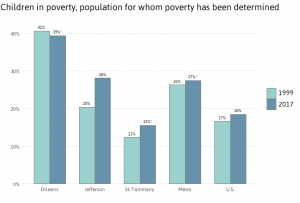

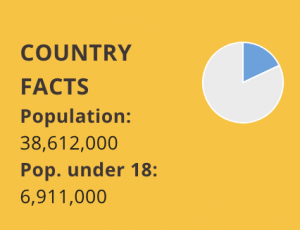

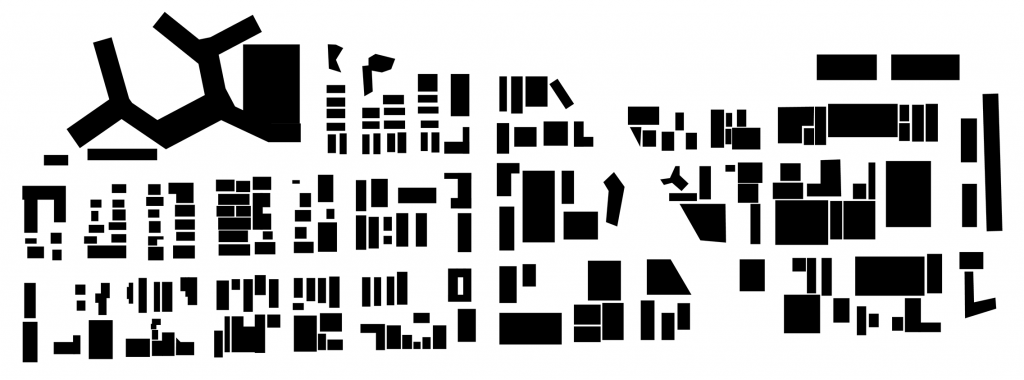 Kids in Miami, Florida
Kids in Miami, Florida

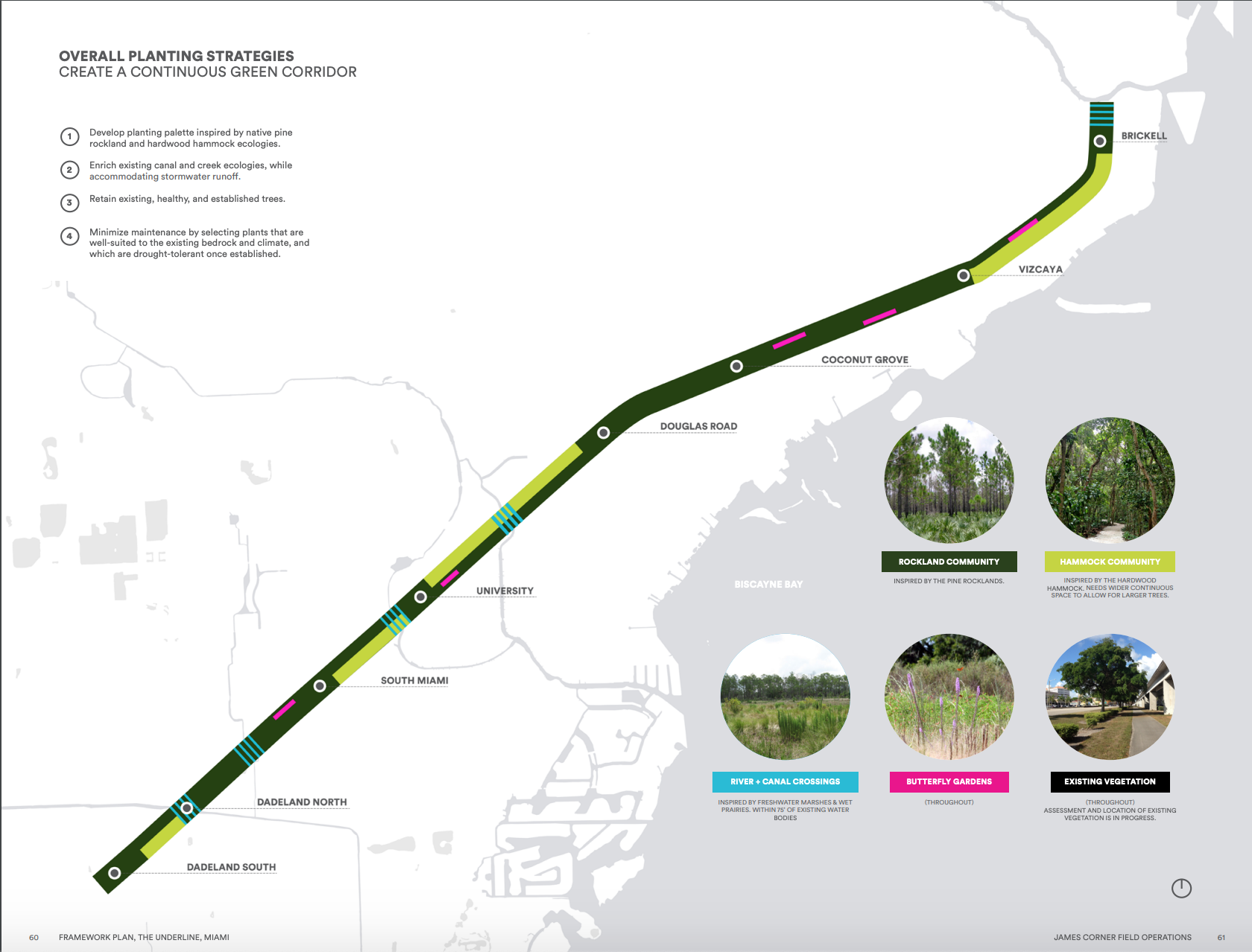
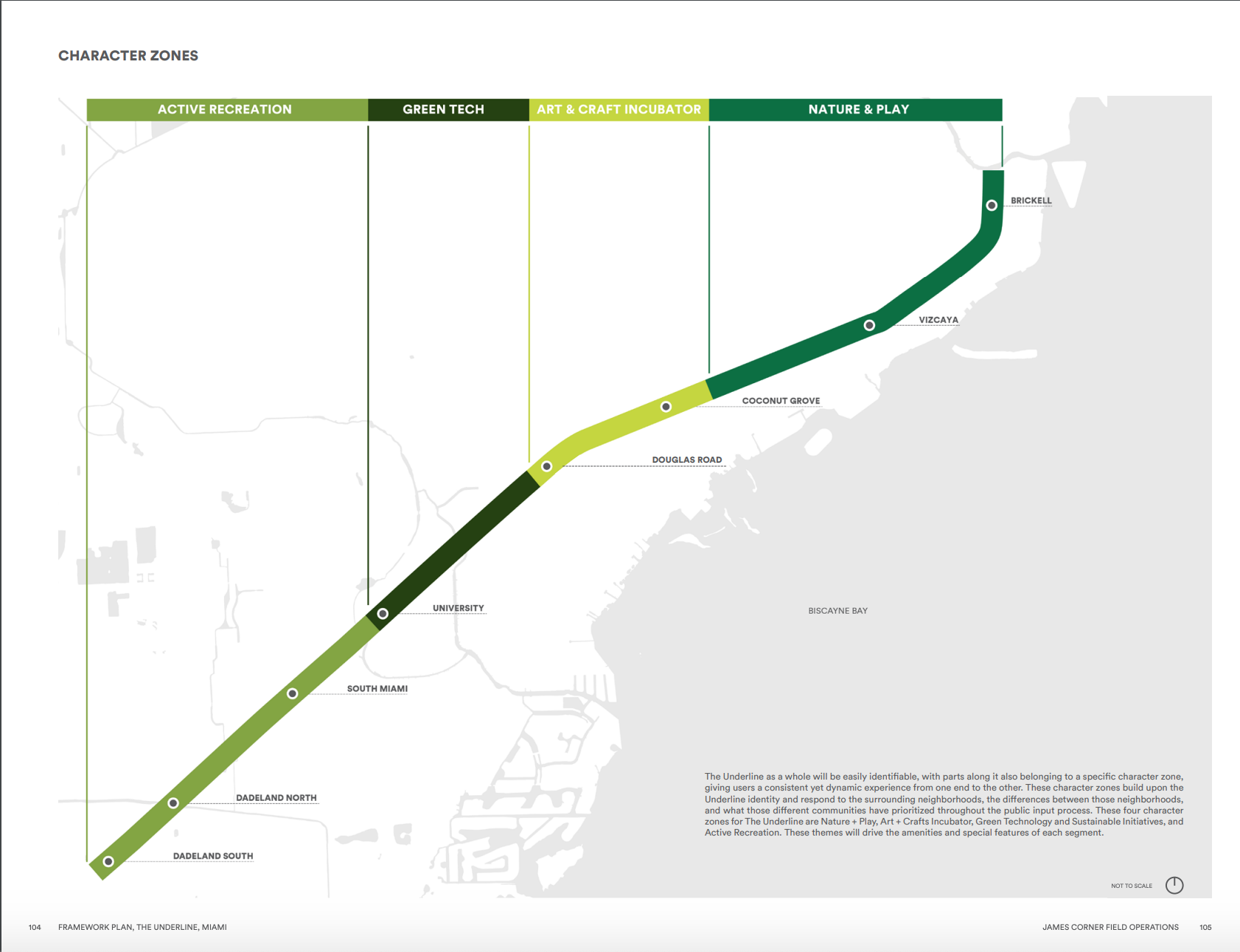 The active recreation zone is located in the widest area of the corridor and will accommodate open areas where children can pass a soccer ball or throw a frisbee back and forth. The green tech zone will have green infrastructure implemented such as green roofs and rain gardens and will use these features to teach children about the benefits of sustainability. The art & craft incubator zone will display public art that will have some sort of interactive side of them. Finally, the Nature and play zone is located in the highly developed section of The Underline, closest to downtown Miami. This zone will focus on a park-like, nature-based setting that also incorporates play spaces and room for activities such as birdwatching.
The active recreation zone is located in the widest area of the corridor and will accommodate open areas where children can pass a soccer ball or throw a frisbee back and forth. The green tech zone will have green infrastructure implemented such as green roofs and rain gardens and will use these features to teach children about the benefits of sustainability. The art & craft incubator zone will display public art that will have some sort of interactive side of them. Finally, the Nature and play zone is located in the highly developed section of The Underline, closest to downtown Miami. This zone will focus on a park-like, nature-based setting that also incorporates play spaces and room for activities such as birdwatching.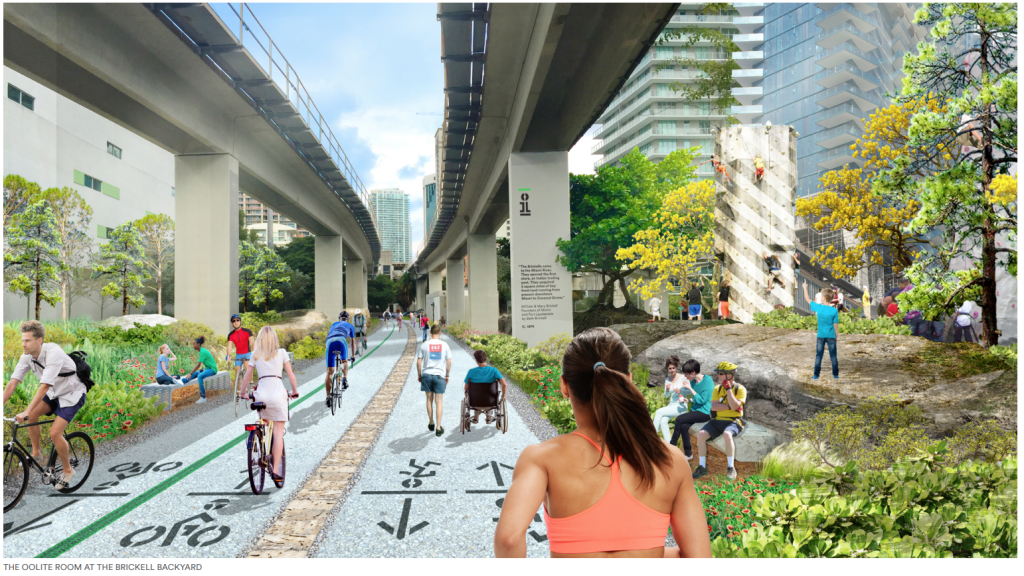
 FDOT, the cities of Miami, Coral Gables, and South Miami, as well as a number of foundations. The project is broken down into 9 phases, each phase estimated to take 1-1.5 years to complete. The timeline may be expedited if funding increases. At this point, 3 of the 9 phases are fully funded including phase 1, 2, and 5. Construction of phase 1, Brickell Backyard, began December 10, 2018 and is projected to be completed come June 2020.
FDOT, the cities of Miami, Coral Gables, and South Miami, as well as a number of foundations. The project is broken down into 9 phases, each phase estimated to take 1-1.5 years to complete. The timeline may be expedited if funding increases. At this point, 3 of the 9 phases are fully funded including phase 1, 2, and 5. Construction of phase 1, Brickell Backyard, began December 10, 2018 and is projected to be completed come June 2020.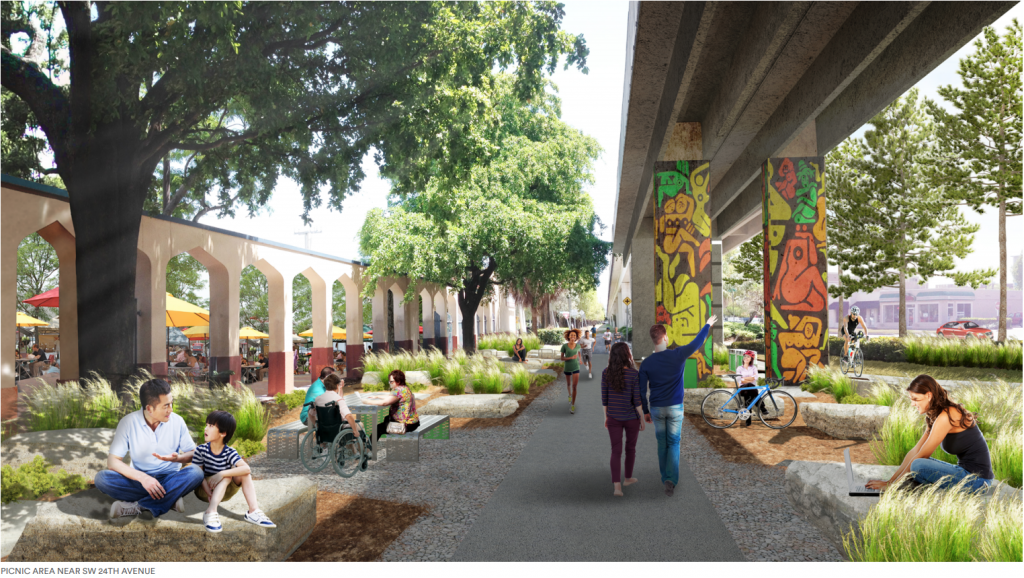

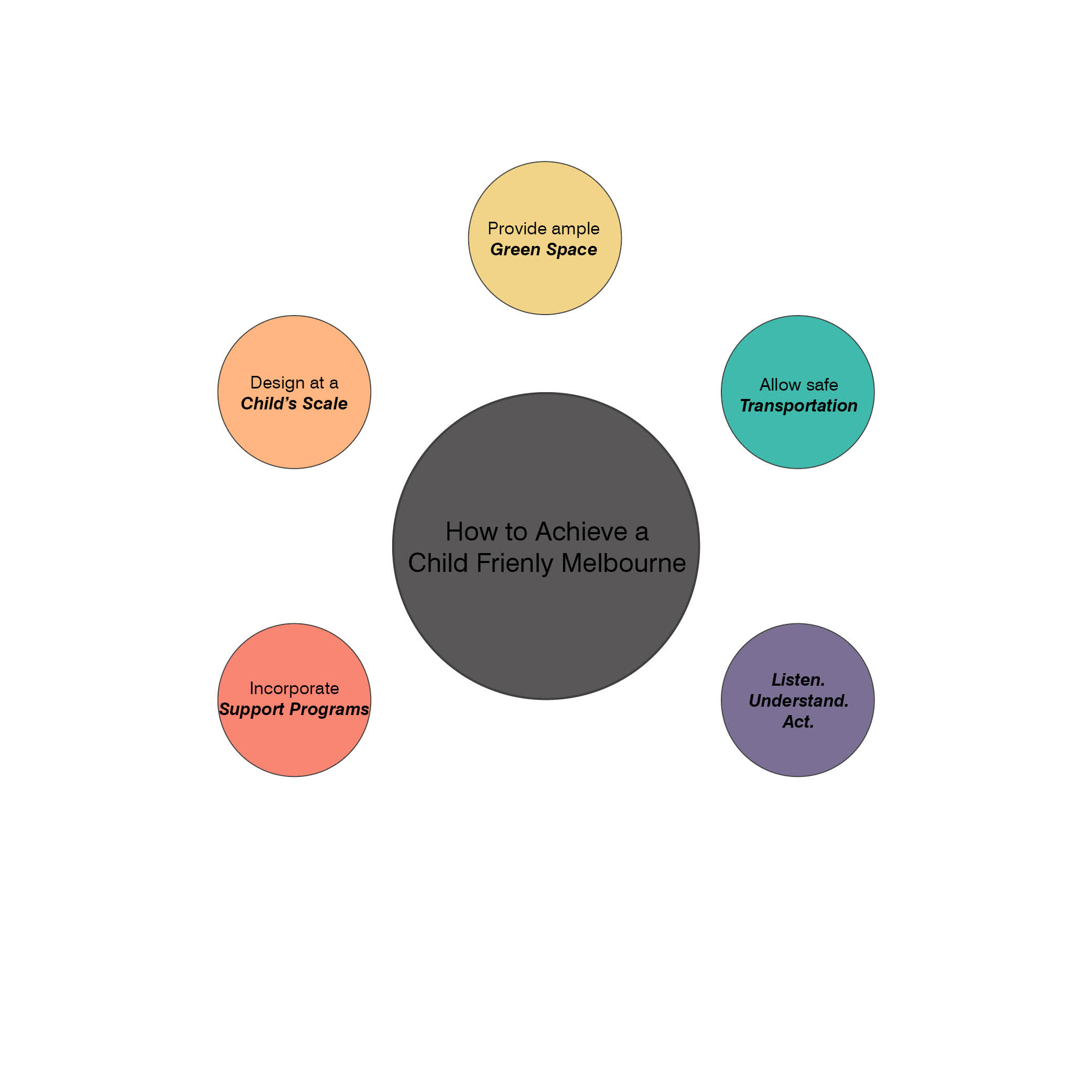

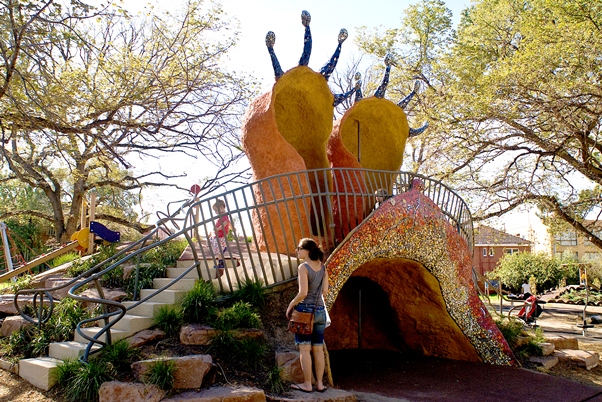
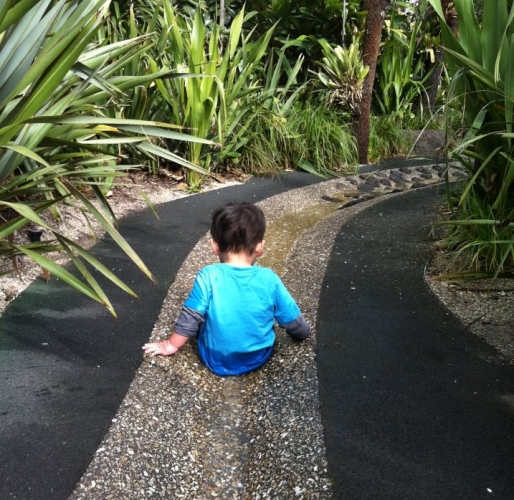
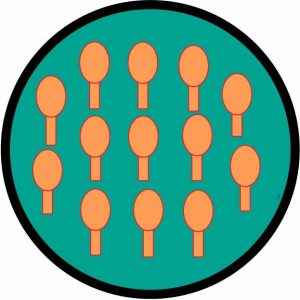
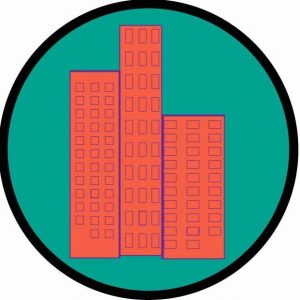 The most replicable child-friendly interventions I have found have been either working in parking lots to change the space from traffic centered to play centered or working with schoolyards to create parks that are open later than the schools are like
The most replicable child-friendly interventions I have found have been either working in parking lots to change the space from traffic centered to play centered or working with schoolyards to create parks that are open later than the schools are like 
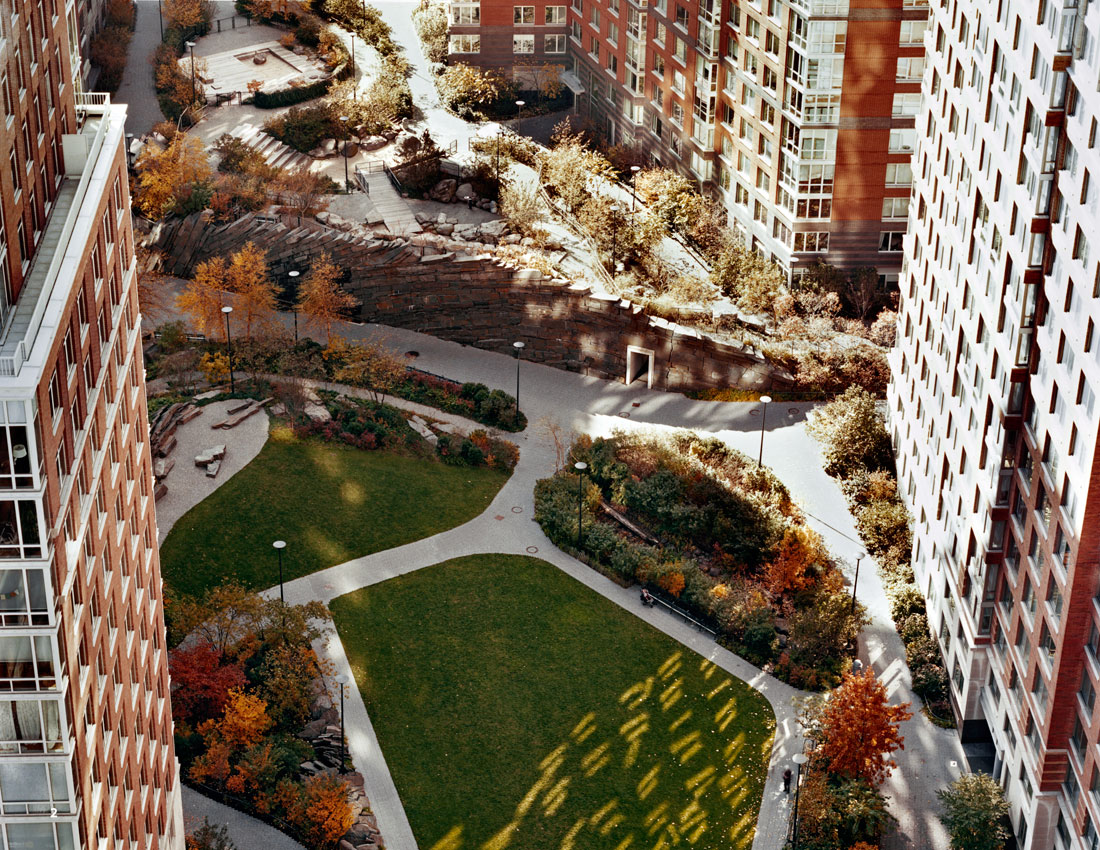
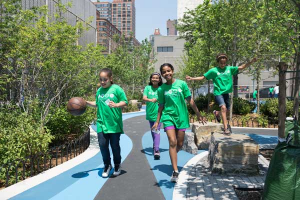
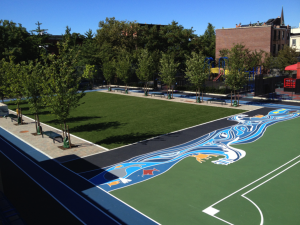
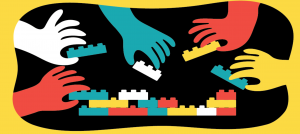
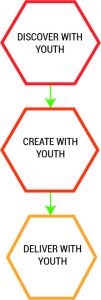

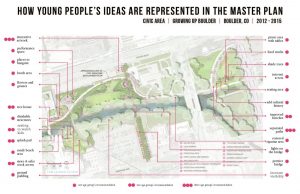
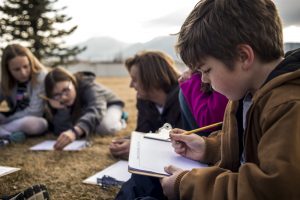
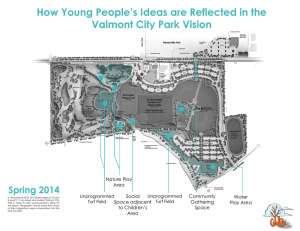
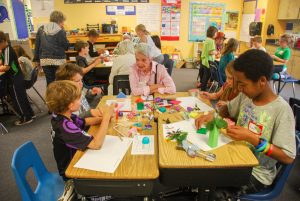
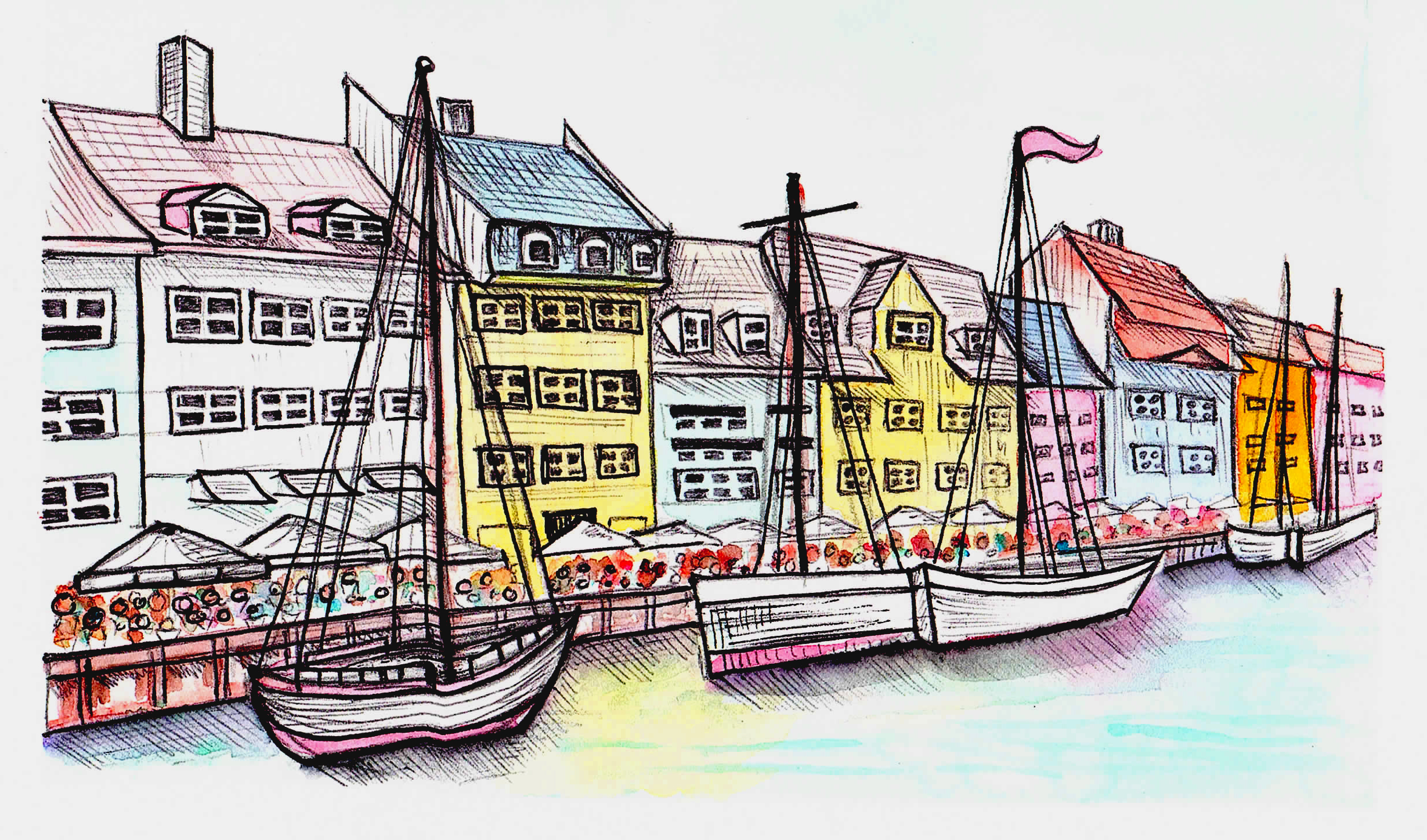
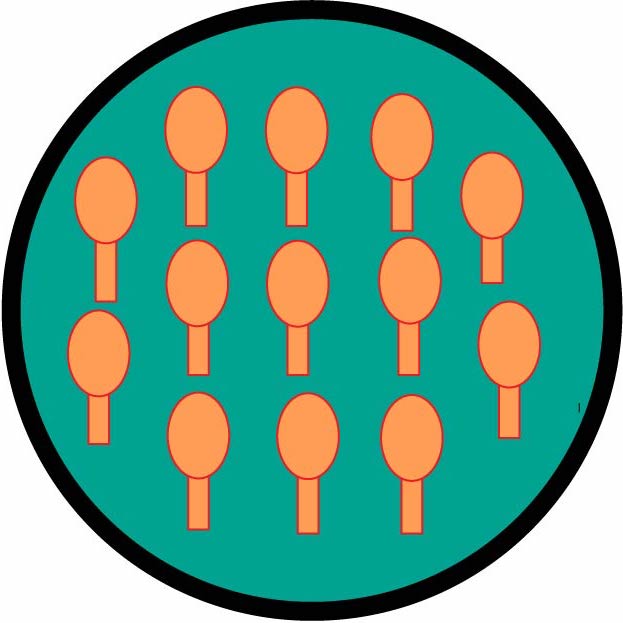
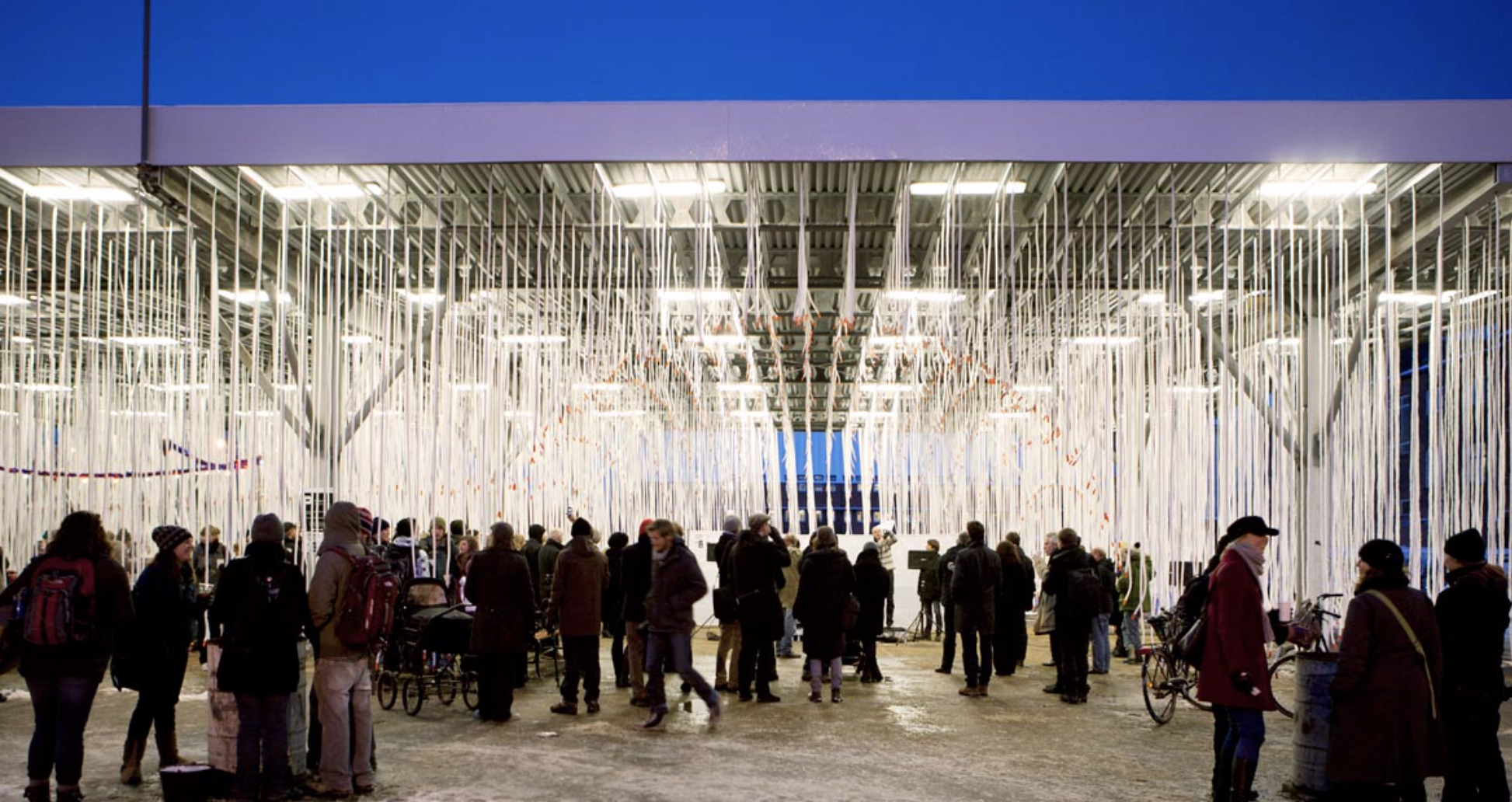 A competition by the city was started for temporary art installations with the purpose of bringing people to abandoned and forgotten places within the city. Through art, we can recreate a feeling of a place, redefining the original purpose of a place, find a connection or meaning. This interactive art display was designed on an a
A competition by the city was started for temporary art installations with the purpose of bringing people to abandoned and forgotten places within the city. Through art, we can recreate a feeling of a place, redefining the original purpose of a place, find a connection or meaning. This interactive art display was designed on an a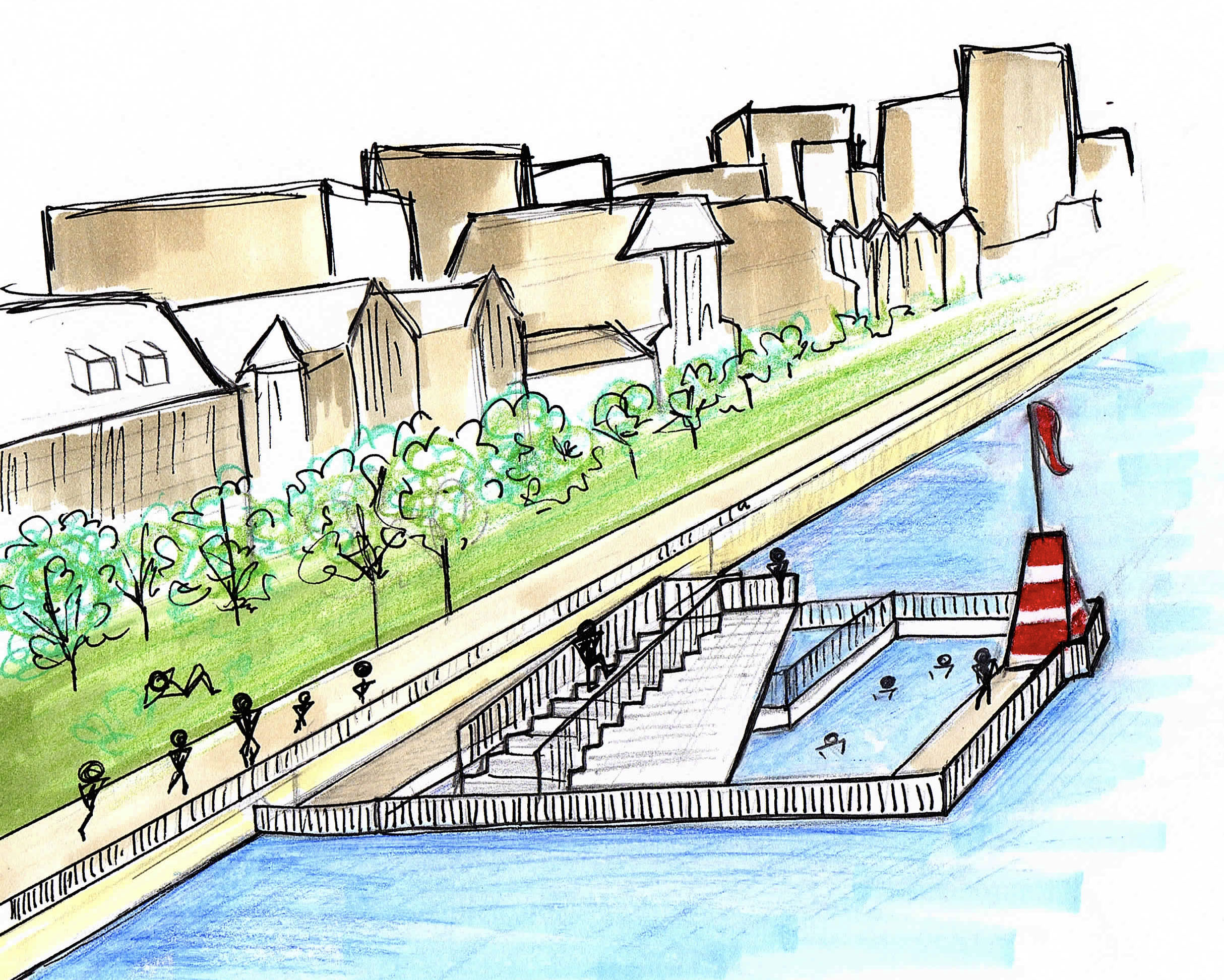
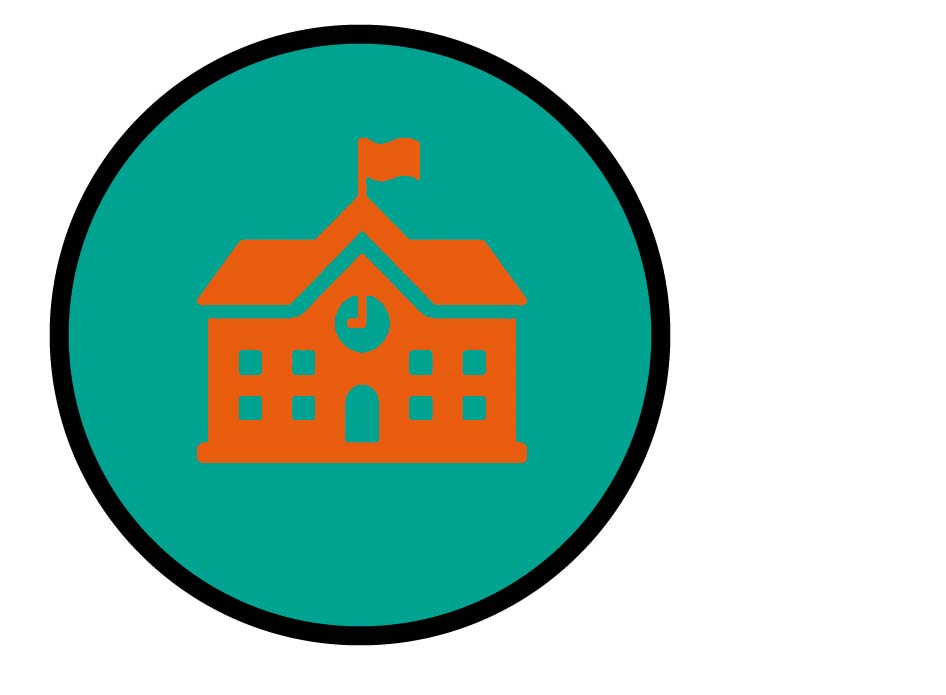 Have you ever head the phrase “live, work, play?” Live, work, play is a perfect way to describe Kids’ City. Kids’ city is…well… a city for kids, easy as that. Every aspect is designed around children. From the unique playful architecture, landscape design, and simple scaled-down design details, the city was made to make children feel comfortable within the space.
Have you ever head the phrase “live, work, play?” Live, work, play is a perfect way to describe Kids’ City. Kids’ city is…well… a city for kids, easy as that. Every aspect is designed around children. From the unique playful architecture, landscape design, and simple scaled-down design details, the city was made to make children feel comfortable within the space.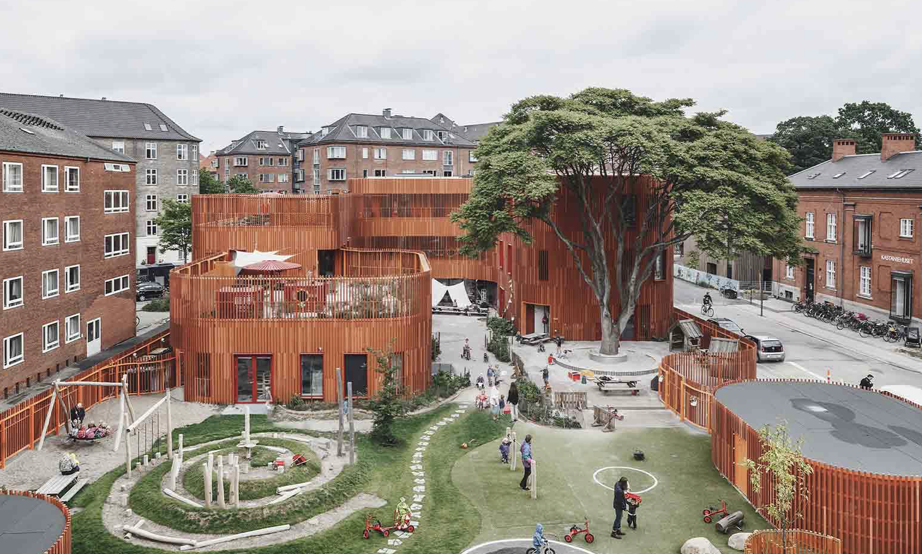
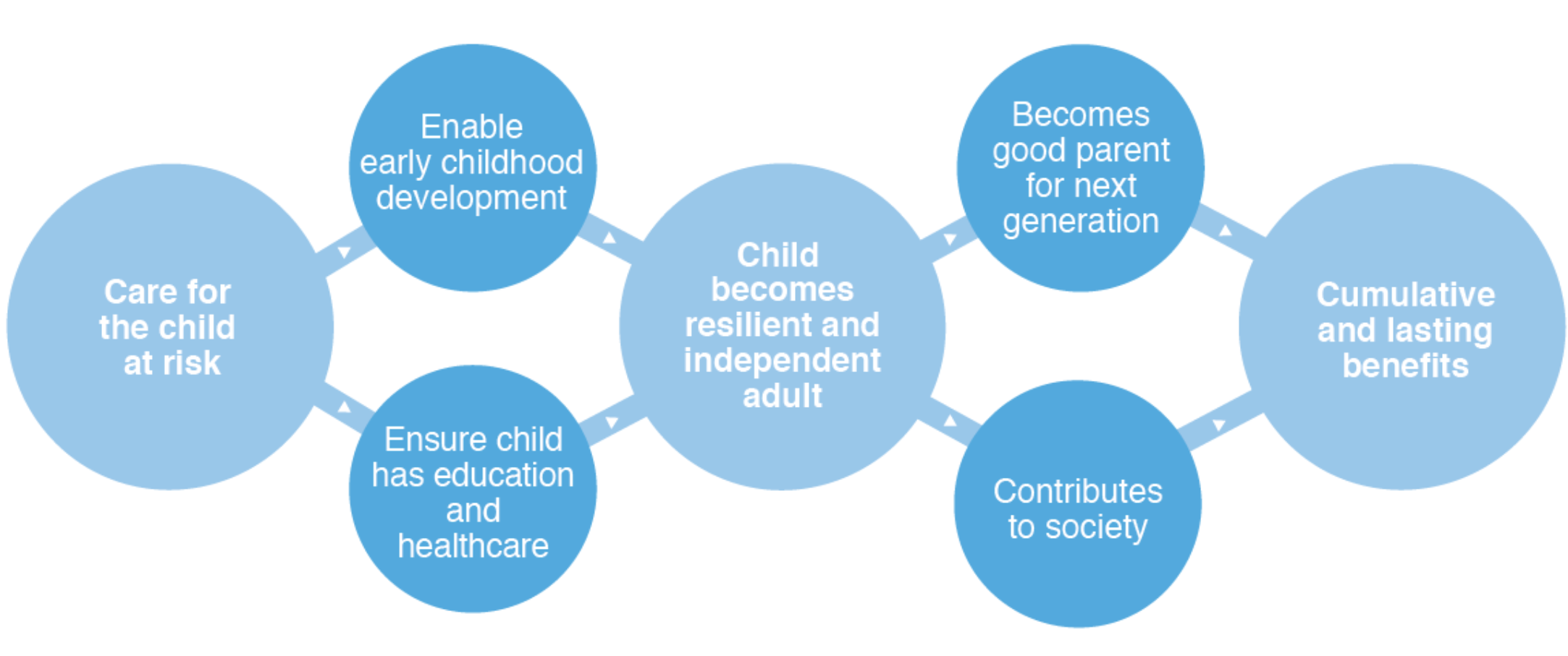
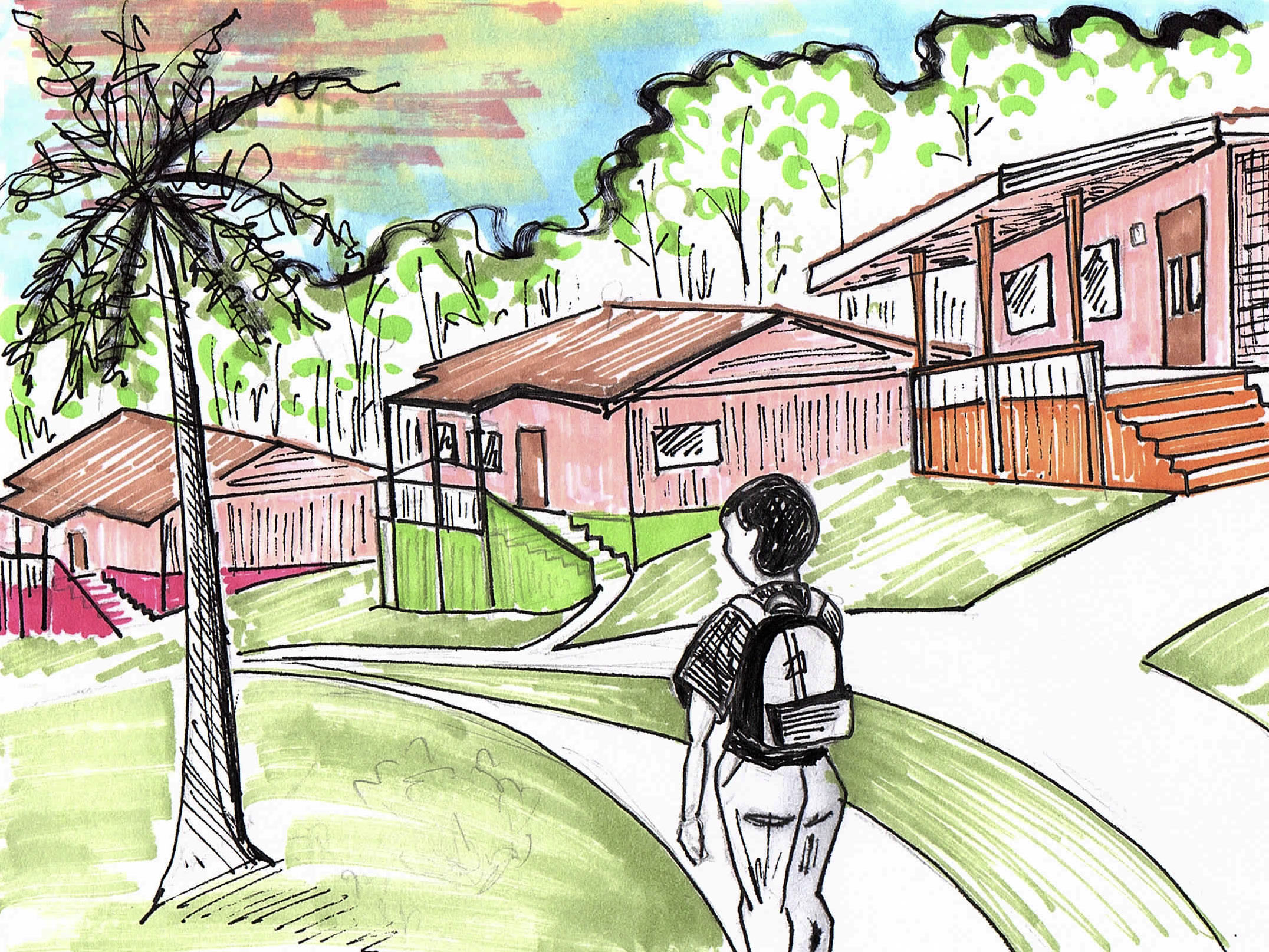
 become individuals. Children have a huge variety of places to go, both by themselves and with their families. Stamford has the conveniences of a large city, but the feel of a small town. This is a city where communities come together help and protect each other, and their children.
become individuals. Children have a huge variety of places to go, both by themselves and with their families. Stamford has the conveniences of a large city, but the feel of a small town. This is a city where communities come together help and protect each other, and their children. 
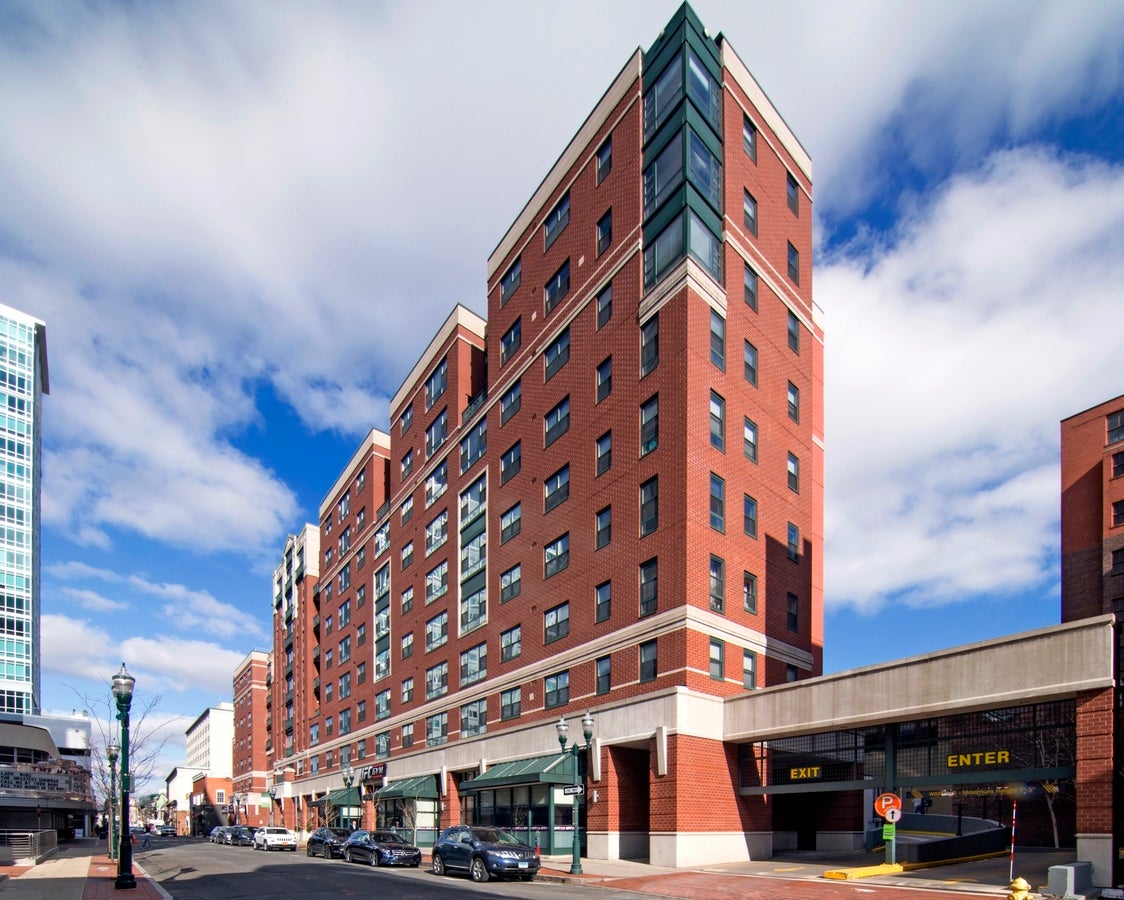
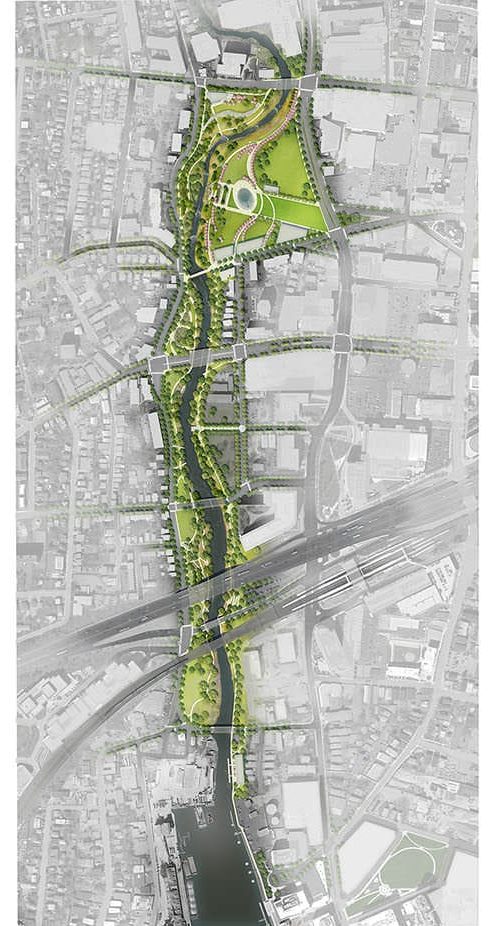 Mill River Park is a shining example of why Stamford is an excellent city for children. Mill River, which runs through downtown Stamford, used to be a major flood risk to the city. The river was polluted, filled with debris, and unsafe for interaction with the water. All of this changed when the city decided to complete an extensive restoration project. Now an ASLA awarded design, Mill River Park is the ideal space for the youth of Stamford to play, learn, and explore.
Mill River Park is a shining example of why Stamford is an excellent city for children. Mill River, which runs through downtown Stamford, used to be a major flood risk to the city. The river was polluted, filled with debris, and unsafe for interaction with the water. All of this changed when the city decided to complete an extensive restoration project. Now an ASLA awarded design, Mill River Park is the ideal space for the youth of Stamford to play, learn, and explore. The second phase of the project was the restoration of Mill River, which began in 2009. By removing two dams in the area, the river was able to run freely for the first time in over 360 years, and it made it possible for visitors to access the river’s edge for the first time in a century. The design team also made riffles and pools to create habitat for aquatic and terrestrial species, as well as many habitat areas on land. The kids who visit the park love that they can safely view, and sometimes even interact with, animals in the middle of their city. Park visitors have been posting pictures on social media and the Mill River Collaboratives website of all types of wildlife in the park, including rarely seen ground nesting birds and river otters.
The second phase of the project was the restoration of Mill River, which began in 2009. By removing two dams in the area, the river was able to run freely for the first time in over 360 years, and it made it possible for visitors to access the river’s edge for the first time in a century. The design team also made riffles and pools to create habitat for aquatic and terrestrial species, as well as many habitat areas on land. The kids who visit the park love that they can safely view, and sometimes even interact with, animals in the middle of their city. Park visitors have been posting pictures on social media and the Mill River Collaboratives website of all types of wildlife in the park, including rarely seen ground nesting birds and river otters.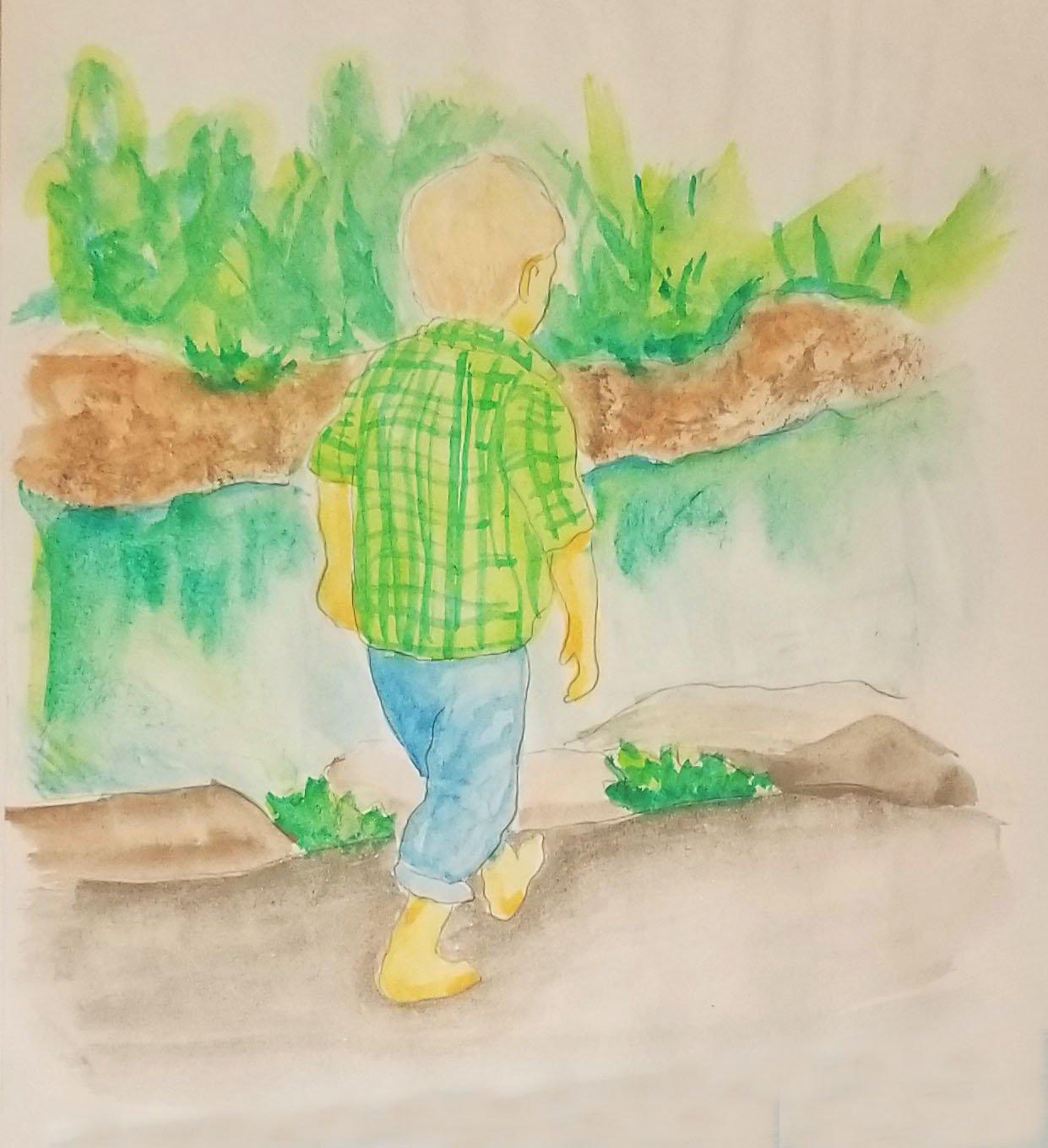 projects include a great lawn, pavilion, ice rink/fountain play area, greenway, and the kid favorite carousel. A Discovery Center Park Building is planned to begin construction next summer, which will bring even more fun programs and amenities for kids to the park. Mill River Park Collaborative also has plans to continue expanding the park in multiple directions, which is exciting news for children all over Stamford.
projects include a great lawn, pavilion, ice rink/fountain play area, greenway, and the kid favorite carousel. A Discovery Center Park Building is planned to begin construction next summer, which will bring even more fun programs and amenities for kids to the park. Mill River Park Collaborative also has plans to continue expanding the park in multiple directions, which is exciting news for children all over Stamford. 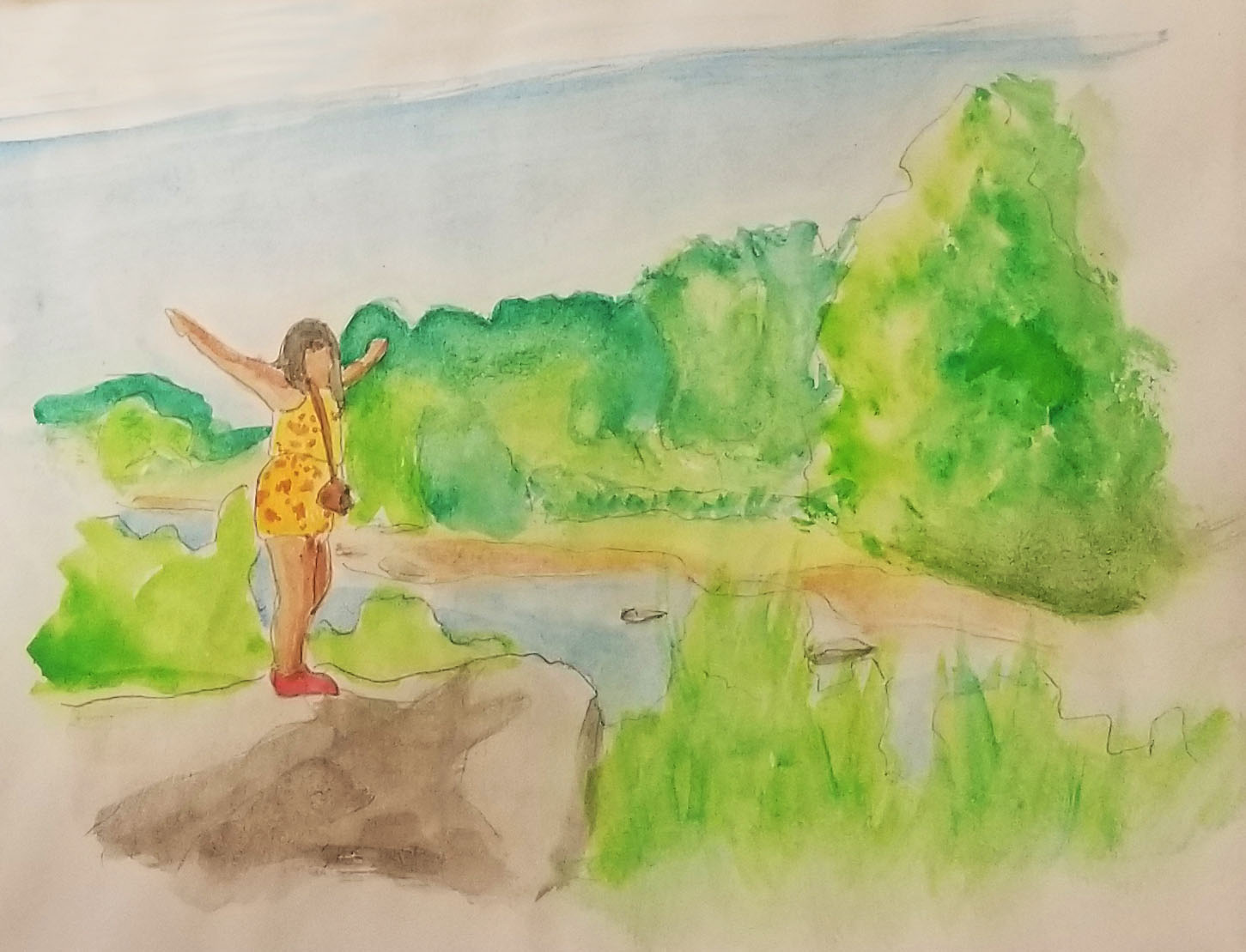 sightseeing, exploring, or participating in the hundreds of programs offered. A series of walking paths was built along the river and into surrounding neighborhoods to create easy access to the park. This was especially great for the children in the community because it allowed them a safe path to walk to and from the park by themselves.
sightseeing, exploring, or participating in the hundreds of programs offered. A series of walking paths was built along the river and into surrounding neighborhoods to create easy access to the park. This was especially great for the children in the community because it allowed them a safe path to walk to and from the park by themselves. 
